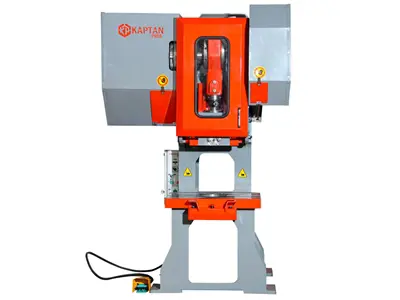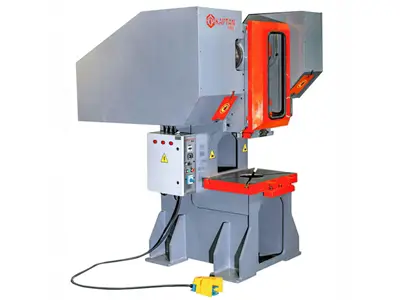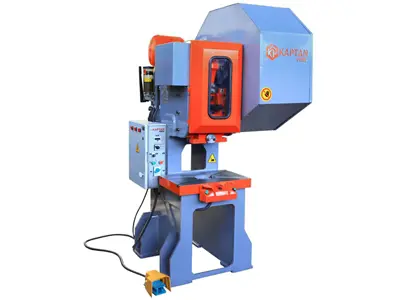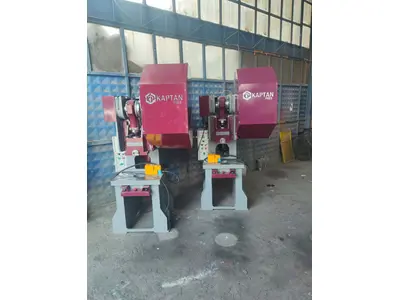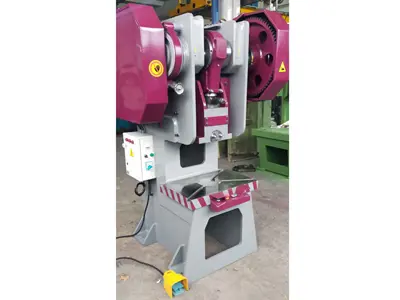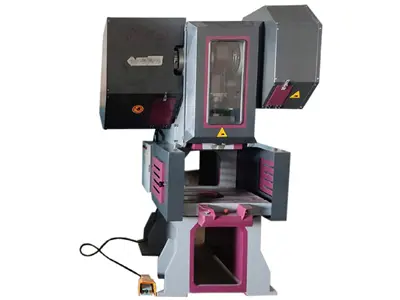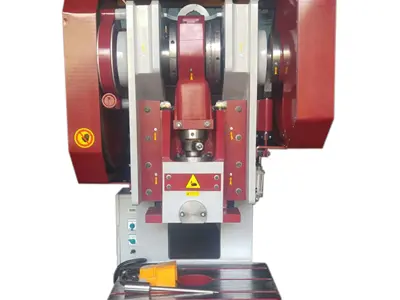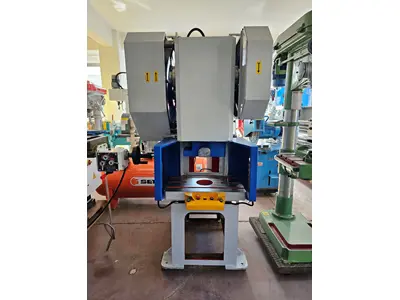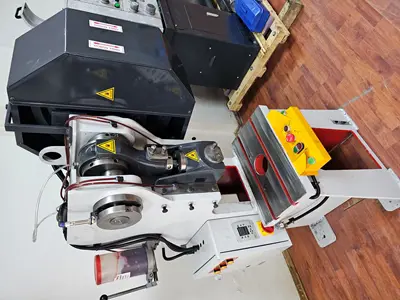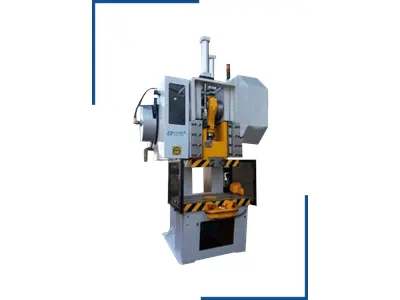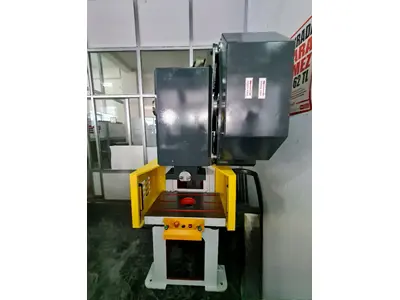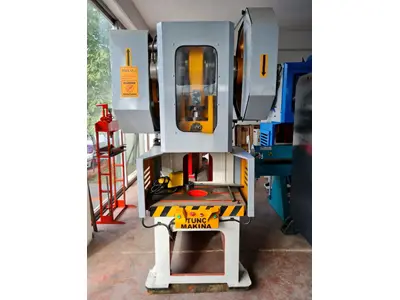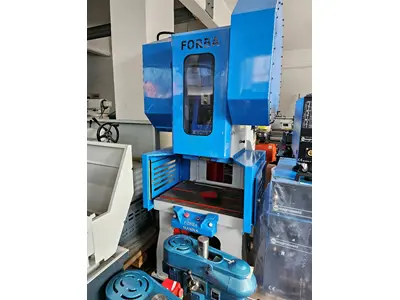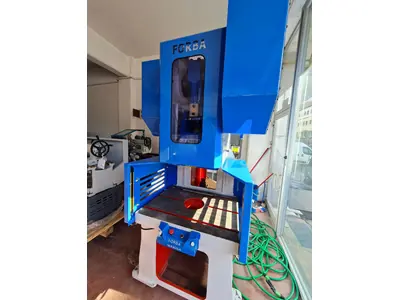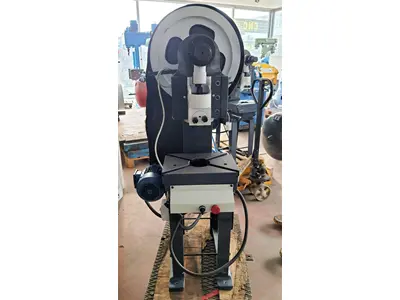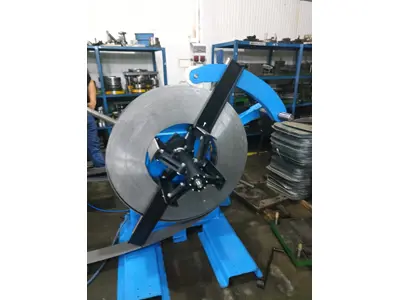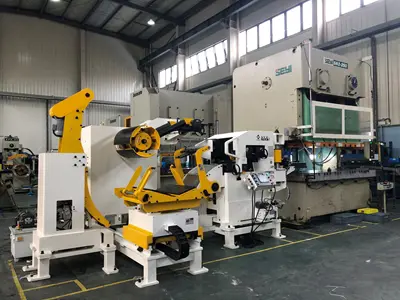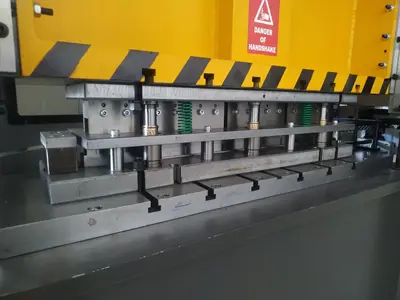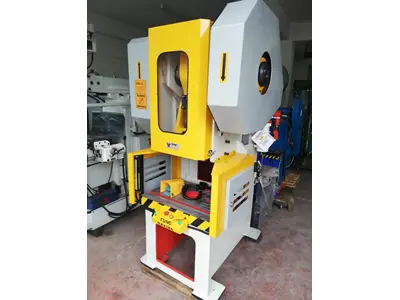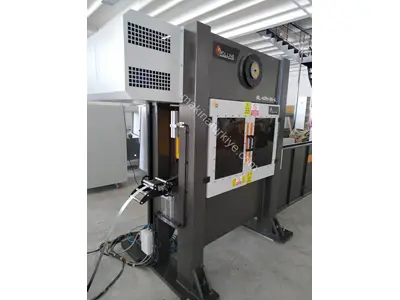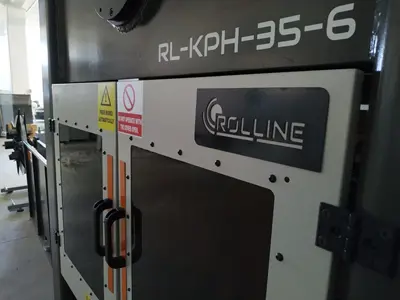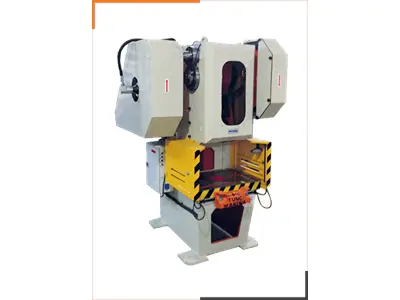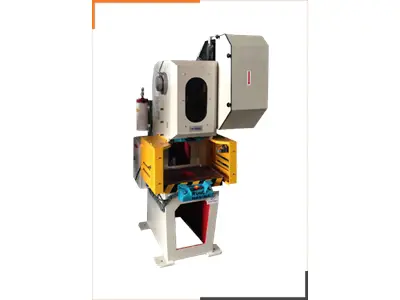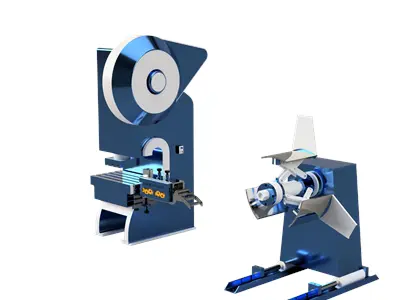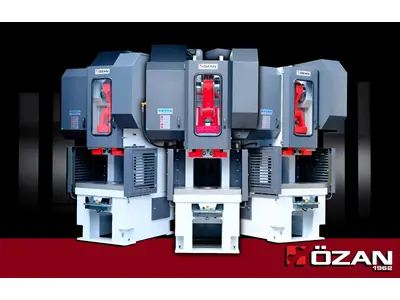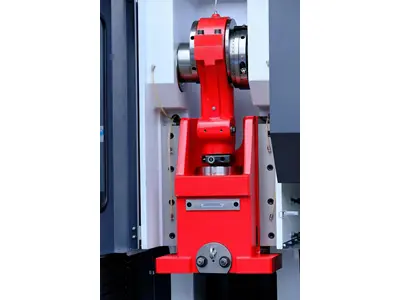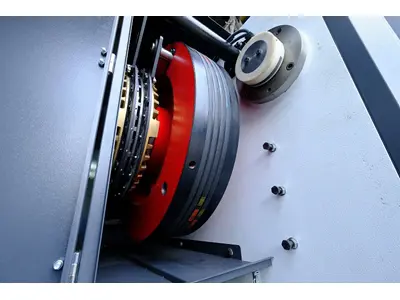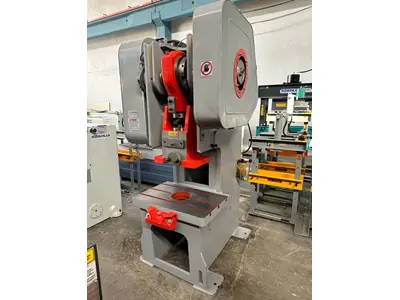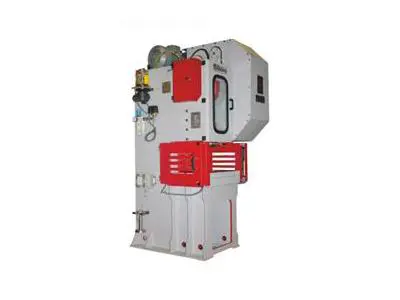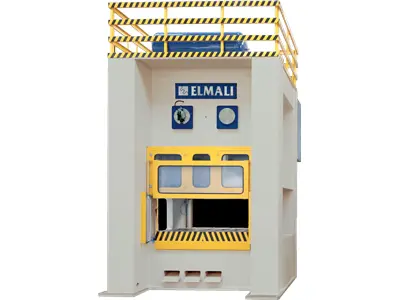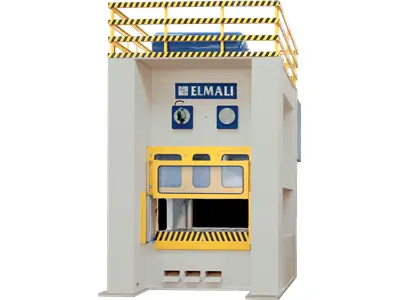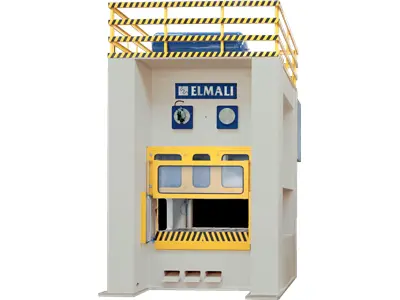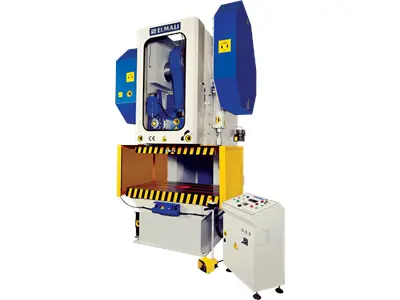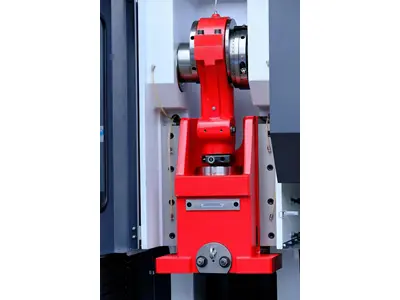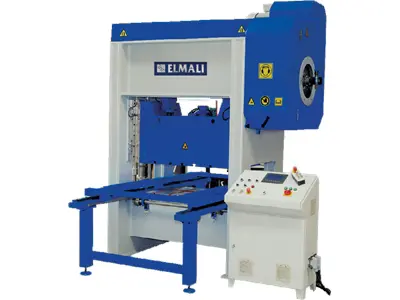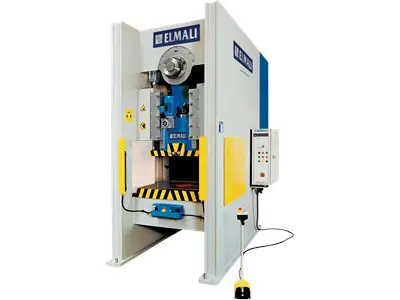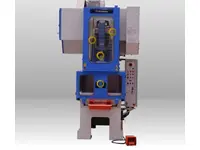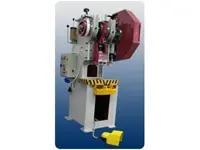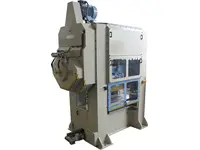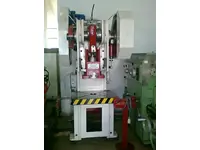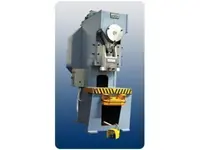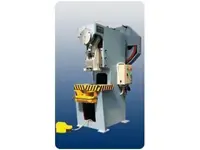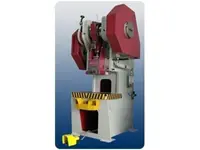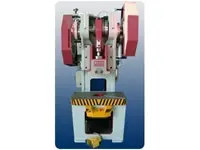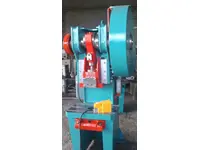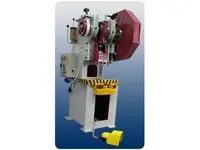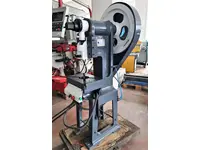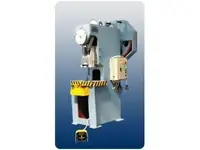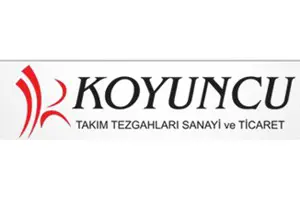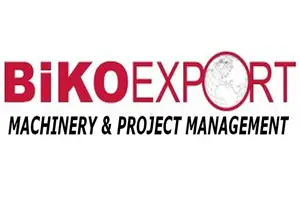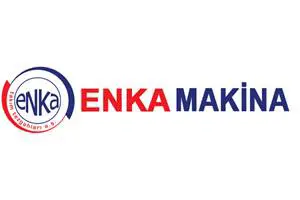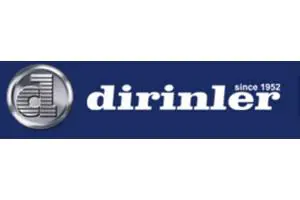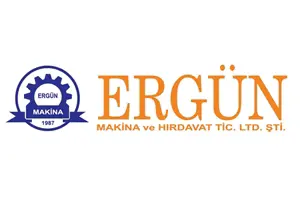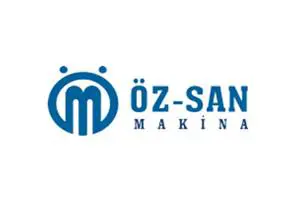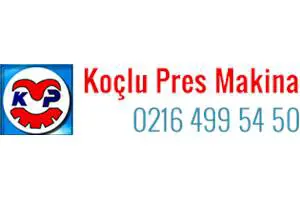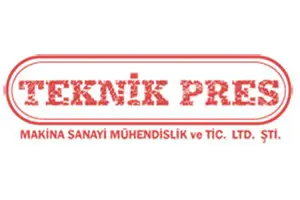Eccentric Press Popular Products
Eccentric presses are machines that convert the rotational momentum taken from the electric motor into mechanical energy and use this energy intensively. When looking at the present day, they are produced in suitable shapes and tonnages for various areas of use. The most commonly used presses are H-type and C-type eccentric presses.
Types of Eccentric Presses:
- C-Type Presses: These are press tables designed with the body structure open from one side. They are produced in cast iron and steel body forms. They are mostly used in the design of light tonnage presses as C-type body form.
- H-Type Presses: These are press tables with a closed body structure. They are mostly produced in steel body forms. They are used in the design of high tonnage presses as H-type body form. They have two-stroke, four-stroke, and single-stroke working precision.
- Cast Iron Body Presses: These are press tables made of a single piece of cast iron body base and part.
- Steel Construction Presses: These are press tables made by welding the base plate and sections together from steel plates.
Working Principle of the Eccentric Press:
The rotary motion obtained through the electric motor is transferred to the flywheel by belts. This is because the speed of the electric motor is much higher. The number of strokes per minute of the presses is much lower. Therefore, the speed of the motor is reduced and transferred to the transmission organs. The flywheel on the shaft has a brake and clutch group. The brake and clutch group works through pneumatic or hydraulic control. The flywheel rotates continuously with the rotary motion it receives from the motor, but the flywheel shaft does not rotate. When pressing is desired, the clutch control is activated and the flywheel shaft starts to rotate in this way. The rotary motion on the flywheel shaft is reduced through gears and transferred to the crank section. The task of the eccentric shaft is to convert circular motion into linear motion. The movable head connected to the crankshaft of the press is given a linear movement equal to the eccentricity of the crankshaft. This is called the stroke of the press. In presses with low tonnage, this stroke can be adjustable. In presses with high tonnage, the stroke is fixed. An additional adjustment mechanism can be made to connect molds of different heights. When the mechanical press goes down to its bottom dead center position, it is in A.O.N. position (180°), and when it stops at the top position, it is in P.M. (360°) position. In eccentric presses, the energy that enables the work is provided by the energy of the flywheel. The flywheel takes its energy from the rotation speed; thus, an increase in speed means an increase in flywheel energy, and likewise, a decrease in speed leads to a decrease in flywheel energy. In cases where the flywheel weight is not sufficient or exceeds reasonable values in terms of construction, the gear system comes into play. A gear group with one or several stages is used to adjust the speed-torque relationship. In presses with speed changes, since it is not possible to change the flywheel during the speed-changing process, the flywheel must be designed to meet the required power at the lowest speed. In stroke-adjustable presses; as the eccentricity decreases, the ability of the press to work increases. In principle, the crankshaft rotating eccentrically gives the power to the press from the flywheel directly or through a gear system, as (force) x (force arm). Here, the term force arm is used for the eccentricity amount of the crankshaft. Eccentricity can be expressed as "stroke/2". Since the flywheel is an unchangeable concept, the stroke length can be increased through the stroke adjustment system, which can be a changeable concept. It is necessary to limit this force with a fuse. Otherwise, deformation of the press machine mechanism and even the body part may occur due to the inability to resist the force provided by the flywheel. The universally accepted bottom dead center (BDC) angle slice within the design of the press is the necessity to take the power that can be taken indirectly from the press due to the crankshaft, 30 degrees. This must be known to the press user. Presses are manufactured and designed in different ways according to the sensitivity of the work to be done. That is, reaction forces occurring during the operation of the mold are balanced rationally and properly by the journal boxes. Otherwise, unintended movements that occur or are not calculated can lead to the disruption or even fracturing of the journal boxes.
Uses of Eccentric Press:
Eccentric press is one of the most commonly used presses in various industries. The areas of use of eccentric press, with a wide range, can be listed as follows:
- Shearing, slicing operations (shearing)
- Open cutting, partial cutting (cutting open)
- Trimming, clipping
- Shaving, calibrating
- Flattening, planishing
- Edge bending
- Shallow drawing
- Stamping operation
- Deep drawing
- Piercing and drawing
- Indenting, piercing
- Re-forming
- Channeling (with steel ball)
- Folding operation
- Blow molding operation
- Notching
- Hydromechanical deep drawing
- Transfer deep drawing
- Free extrusion
- Stretch forming operation
- Clipping operation
- Embossing
Points to Consider When Buying an Eccentric Press:
Taking into account some factors while purchasing a press can be very beneficial for the buyer. Purchasing a press from a quality company by considering some factors can provide effective use for years. When buying a press, never think short-term. Not only the parts to be produced at that time but also the parts to be produced in the future should be taken into account. Some factors that should be considered when buying a press can be listed as follows:
- Taking into account the necessary pressing tonnage for the parts to be produced
- Determining the molds to be used to produce these parts
- The design of the mold may not fit the press design. Whether the force application method and characteristic of the press are suitable for the point where the mold applies force
- Knowing the necessary body clearance for the press
- Necessary stroke distance
- How the molds and accessories will be connected to the press
- Whether the press will work with a single stroke or in continuous stroke position
- Knowledge of whether command will be given to the press with dual hand control, foot pedal, or connected to a driver
